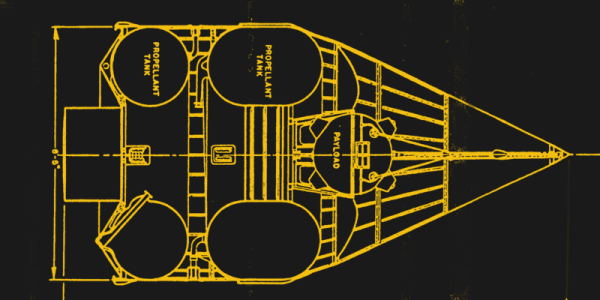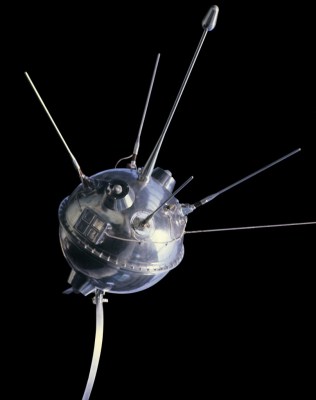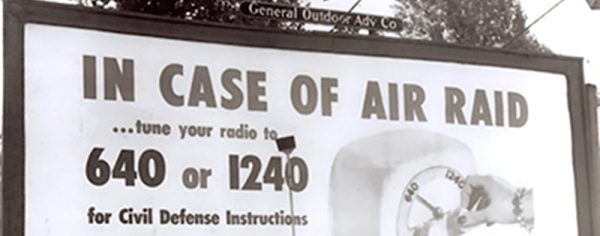In the 1950s it seemed likely that the Cold War could at any minute take a turn for the worse, and we might all be consumed in the fiery conflagration of nuclear war. Fortunately neither the leaders on our side of the fence nor those on the other were the dangerous unpredictable lunatics their opponent’s propaganda might have portrayed them as, and instead we continued on our way uneasily gazing at each other over the Iron Curtain.
For civilian America, the Government created a series of promotional efforts to prepare them for the effects of nuclear war and equip them with the means to survive. Some of them like the infamous “Duck and cover” film seem quaint and woefully inadequate when viewed with several decades hindsight, but others tried hard to equip the 1950s American with what looked like the real means to survive.
Our film below the break today is part of one such effort. The Family Fallout Shelter was a booklet produced in 1959 by the Office of Civil and Defense Mobilization, and it described in detail the construction of a series of fallout shelters of differing designs. There was a concrete underground shelter, a partially buried twin-wall shelter with infill, and the one shown in the film, a basement fallout shelter made from concrete blocks. Our narrator and protagonist is [Walt], a capable bespectacled middle-aged man in a check shirt who takes us through the shelter’s construction.
We start with him giving some friends a tour of the finished shelter, and we see its cozy furnished interior with bunk beds and all mod cons. We’re told it would make a useful extra spare bedroom, or a darkroom. Then we flash back to construction as [Walt] takes us through all the steps required to build your own basement shelter. As he says, it’s a project that could be attempted by almost anyone, and what follows is a pretty good introduction to basic bricklaying. We can’t help being concerned about the security of those unmortared roof blocks in the face of a Tsar Bomba, but fortunately they were never put to the test. We do find it amusing that this is presented by the National Concrete Masonry Association — how better to boost sales than get the populace to build extra brick walls in every home?
The film and booklet provide a fascinating window into some of the culture surrounding preparations for nuclear war in the early Cold War era. The ideas that it would be survivable, and that two weeks in a home-made fallout shelter would be sufficient to ensure that civilians would be safe are in stark contrast to the then-secret deep shelters and long-term survival plans that the governments of the time created for themselves. It would be interesting to know how many of these home shelters were built, and how many survive. Did you ever spend a night in a basement spare bedroom with a blast wall?
We’ll leave you with the film’s closing words from the Director of the Office of Civil and Defense Mobilization.
“No home in America is modern without a family fallout shelter. This is the nuclear age.“
Continue reading “Retrotechtacular: [Walt] Builds A Family Fallout Shelter” →


















